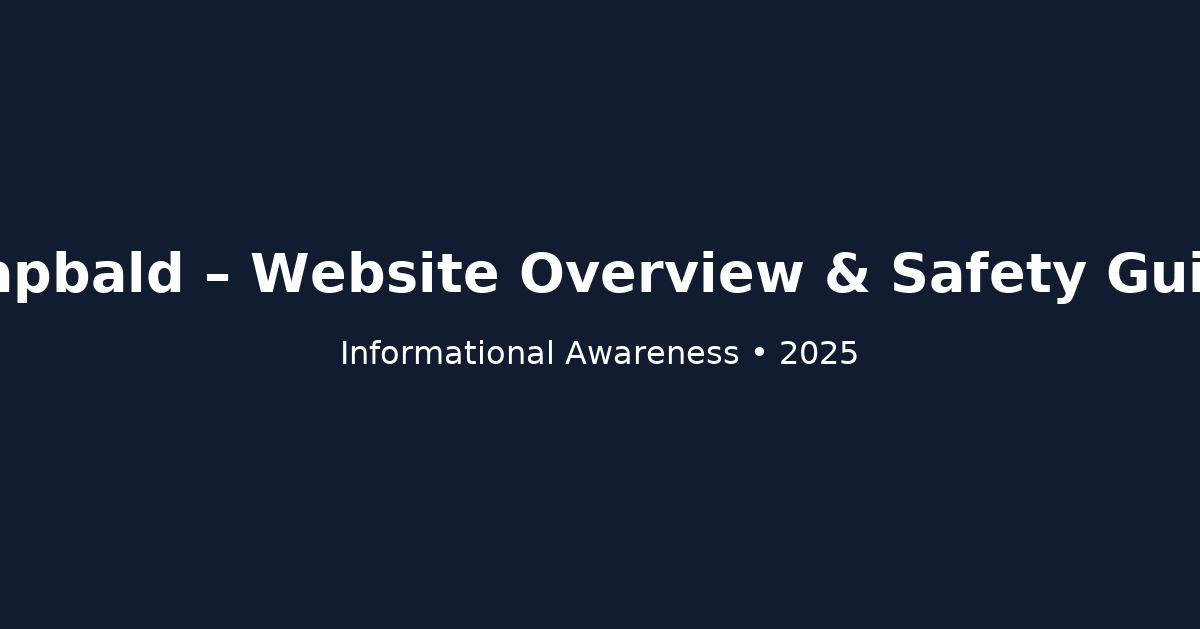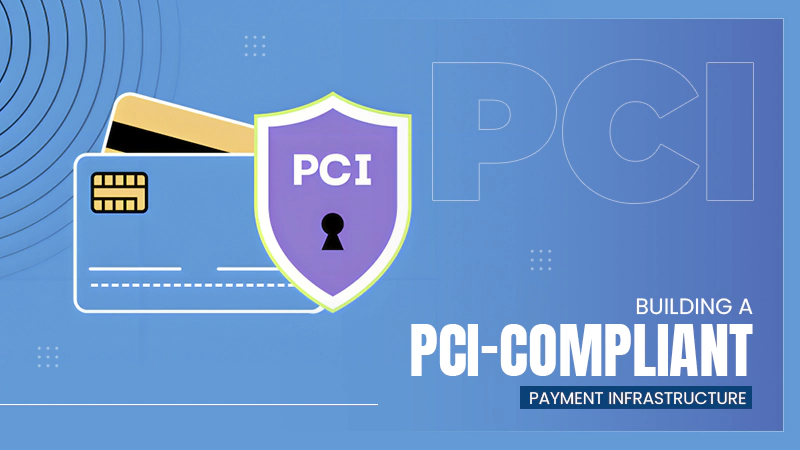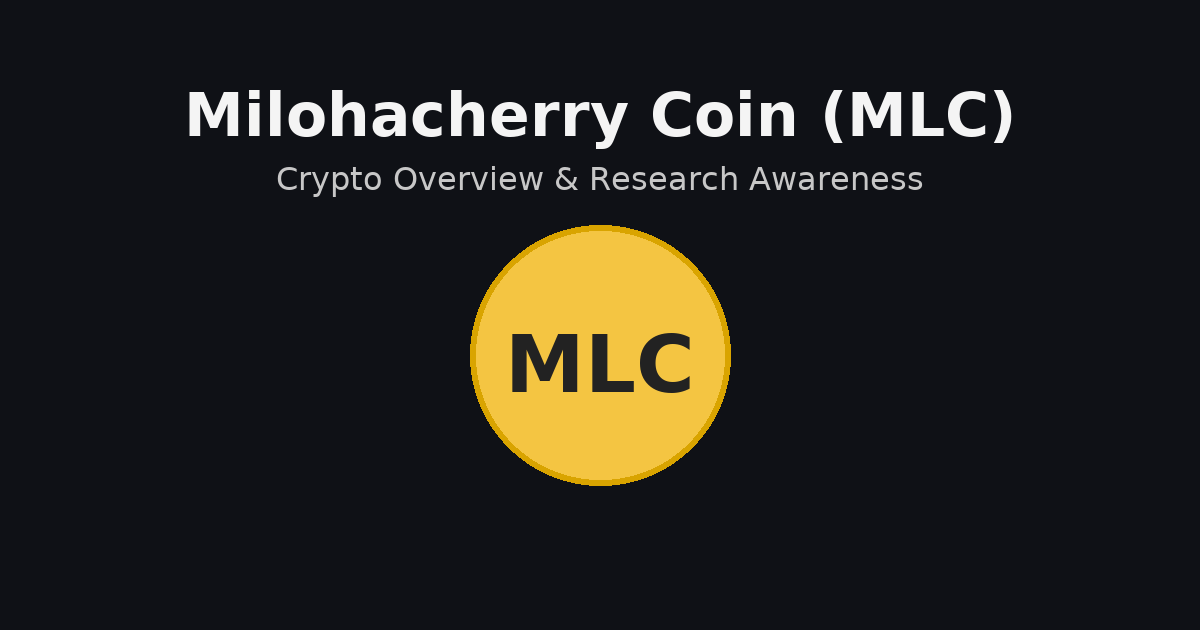Discover essential network security management tools that every organization should implement to safeguard their data and enhance overall cybersecurity.
Have you ever wondered how organizations keep their data safe from cyber threats?
Network security management tools are essential for protecting sensitive information and ensuring the smooth operation of a company’s networks.
These tools help detect vulnerabilities, monitor traffic, and safeguard against potential attacks. No organization can afford to overlook the importance of robust network security management.
Are you ready to learn about the essential tools every organization should consider to keep their networks secure? Also, learn about AI in Tech Security by reading this article.
Intrusion Detection Systems (IDS)
Intrusion Detection Systems (IDS) play a vital role in security management by monitoring network traffic for suspicious activities. These systems can identify potential threats in real-time, enabling organizations to react quickly.
An IDS functions by analyzing patterns in the network to detect anomalies. It acts as an early warning system, alerting security teams to take action. Implementing IDS as part of a security management strategy helps prevent unauthorized access.
These systems also provide valuable insights into the types of threats targeting the network. With regular updates, IDS can adapt to new threats efficiently.
Firewalls
Firewalls are critical components of a network’s security framework, serving as a barrier between trusted internal networks and untrusted external networks. They help filter incoming and outgoing traffic based on predefined security rules, focusing on threat mitigation.
By analyzing data packets, firewalls can decide whether to allow or block transmissions. Firewalls prevent unauthorized access to a network, keeping sensitive information safe from external attacks. They can be hardware-based, software-based, or a combination of both, depending on the organization’s needs. Integration by Pasadena managed IT services, for instance, can further optimize firewall configurations and enhance overall network security. This practical approach ensures expert oversight and regular updates, allowing organizations to benefit from advanced threat detection and rapid incident response capabilities.
Implementing a robust firewall policy is essential for ensuring that only legitimate traffic can enter the network. Firewalls also help control application usage over the network, blocking any that are deemed malicious.
Virtual Private Networks (VPNs)
Virtual Private Networks (VPNs) are essential for maintaining a secure and private communication channel over the internet. They encrypt data sent between devices and servers, which helps protect against eavesdropping. VPNs are particularly useful for remote workers who need to access company resources securely.
By creating a private network from a public internet connection, VPNs ensure that sensitive information remains confidential. They also mask the user’s IP address, adding an extra layer of privacy. This is crucial for protecting personal and corporate data from cyber threats.
VPNs can help bypass geographic restrictions, allowing users access to global content. Incorporating a VPN into a network security strategy is vital for securing communications across the internet.
Command and Control (C2) System
Command and Control (C2) Systems are essential for coordinating network defenses against cyber threats. They provide centralized management where security operations can be monitored and controlled. C2 Solutions integrate multiple security tools to work together effectively. This coordination ensures a faster response to potential threats and vulnerabilities.
Organizations use C2 Systems to streamline their security operations and improve efficiency. With C2 Solutions, it’s easier to manage user access and protect critical data assets. These systems help reduce the complexity of managing numerous security protocols.
C2 Solutions enable organizations to maintain continuous security coverage and ensure that their networks remain secure.
Antivirus and Anti-malware Software
Antivirus and anti-malware software are essential tools in protecting computers and networks from harmful software. These programs scan and monitor files for any malicious activity. They can detect various types of malware such as viruses, worms, and trojans.
Regular updates are important to keep up with new threats that emerge daily. Antivirus software often runs in the background, providing continuous protection. It can also clean or quarantine infected files to prevent damage.
Using antivirus software can significantly reduce the risk of data breaches. It is a crucial part of a comprehensive network security strategy.
Security Information and Event Management (SIEM) Systems
Security Information and Event Management (SIEM) Systems are pivotal for maintaining an organization’s cybersecurity. They provide real-time analysis of security alerts generated by network hardware and software.
SIEM systems help gather and store logs from various sources across the network. By correlating data, they identify unusual patterns that might indicate a threat. This helps security teams to quickly address and mitigate potential risks.
SIEM systems streamline the process of managing security incidents. This can enhance an organization’s ability to detect, respond to, and recover from cyberattacks. Implementing SIEM systems is a fundamental step in building a resilient security infrastructure.
Data Loss Prevention (DLP) Solutions
Data Loss Prevention (DLP) Solutions are crucial for safeguarding sensitive information within an organization. They work by monitoring and managing the data that is in use, in motion, or at rest.
DLP systems help prevent unauthorized sharing of critical information. These tools alert security teams if a breach attempt is detected. Organizations use DLP to keep data safe from accidental or malicious leaks.
By setting rules, DLP ensures that data is only accessible to authorized users. This helps protect intellectual property and maintain compliance with regulations. Implementing DLP Solutions is a necessary part of any comprehensive security plan.
Endpoint Protection Platforms (EPP)
Endpoint Protection Platforms (EPP) are essential for securing individual devices within a network. These platforms protect computers, laptops, and mobile devices from various threats. EPPs monitor endpoints for malicious activities and block any detected threats. They help to secure endpoints by using antivirus, anti-malware, and firewall features.
Implementing EPP ensures that every device is safeguarded against cyberattacks. EPP often includes updating and patching systems to fix vulnerabilities. The platforms also offer tools for remote monitoring and management of endpoints. Using EPP is key to maintaining overall network security and ensuring device protection.
Network Access Control (NAC)
Network Access Control (NAC) is crucial for managing who can access a network. It acts as a security measure to ensure only authorized users and devices are permitted. NAC checks the compliance of devices before they connect. This helps in preventing unauthorized access and protecting sensitive data.
Organizations use NAC to enforce security policies effectively. NAC can control where users go within the network, enhancing security levels. By implementing NAC, potential cybersecurity threats can be mitigated. This adds a vital layer of security to the overall network management strategy.
Explore These Network Security Management Tools
In conclusion, network security management is critical for protecting an organization’s data and operations. By utilizing tools such as IDS, firewalls, and VPNs, companies can safeguard their networks from potential threats.
Incorporating comprehensive solutions like SIEM and DLP ensures continuous monitoring and protection. Overall, a strong network security management approach is necessary to maintain the integrity and confidentiality of sensitive information.
Looking for more tips and ideas? We’ve got you covered. Check out some of our other posts now.








